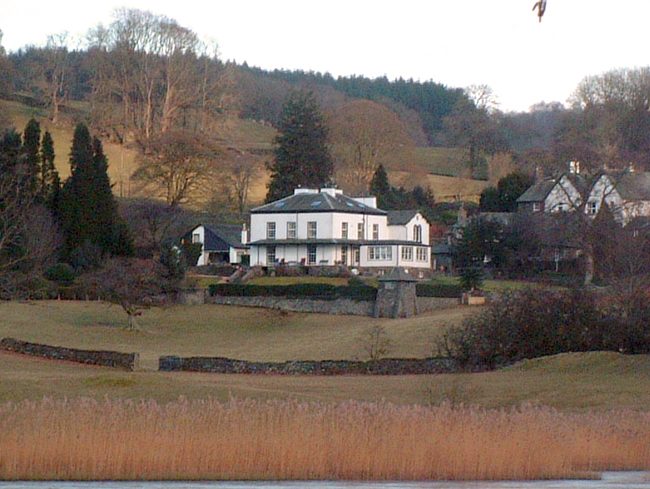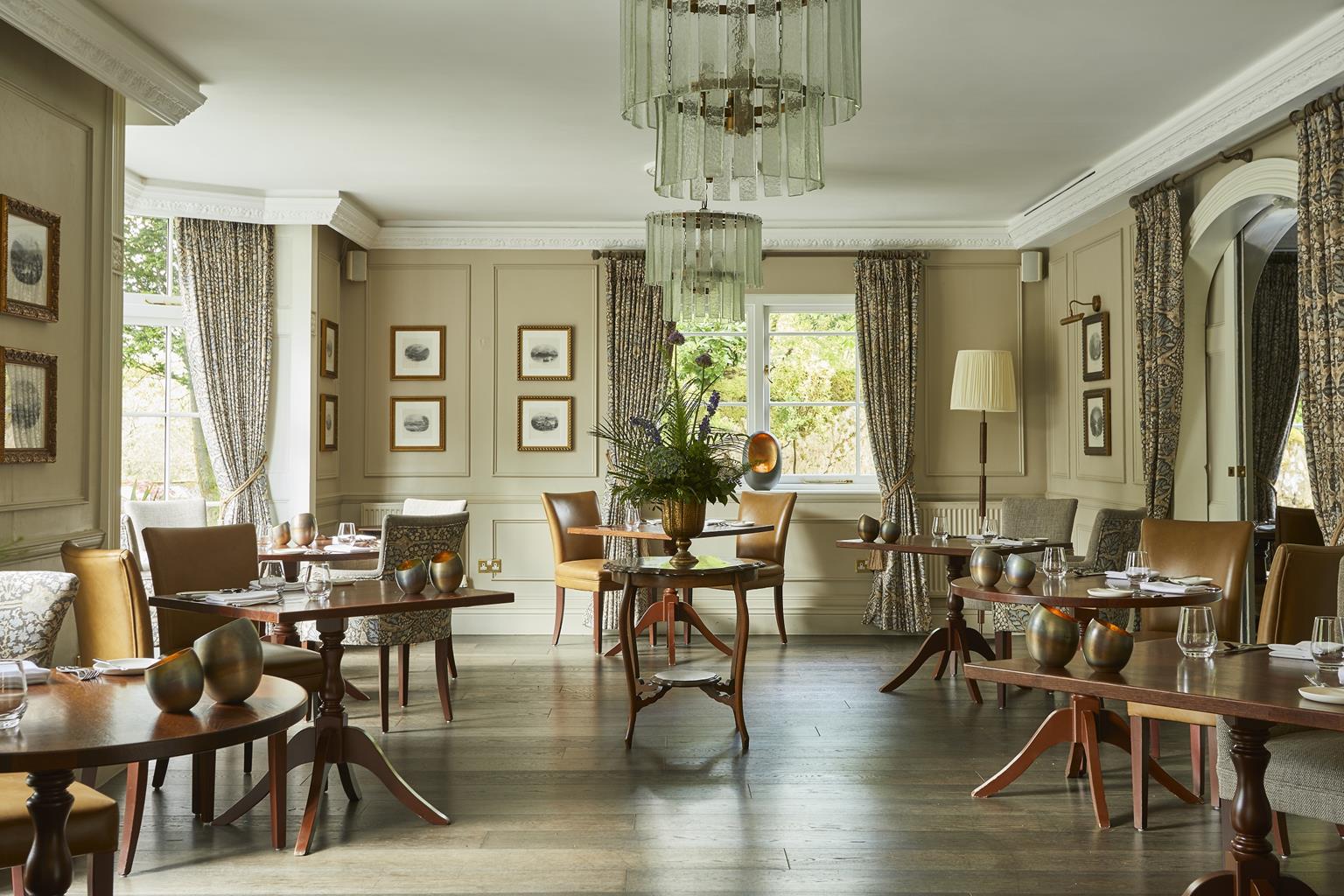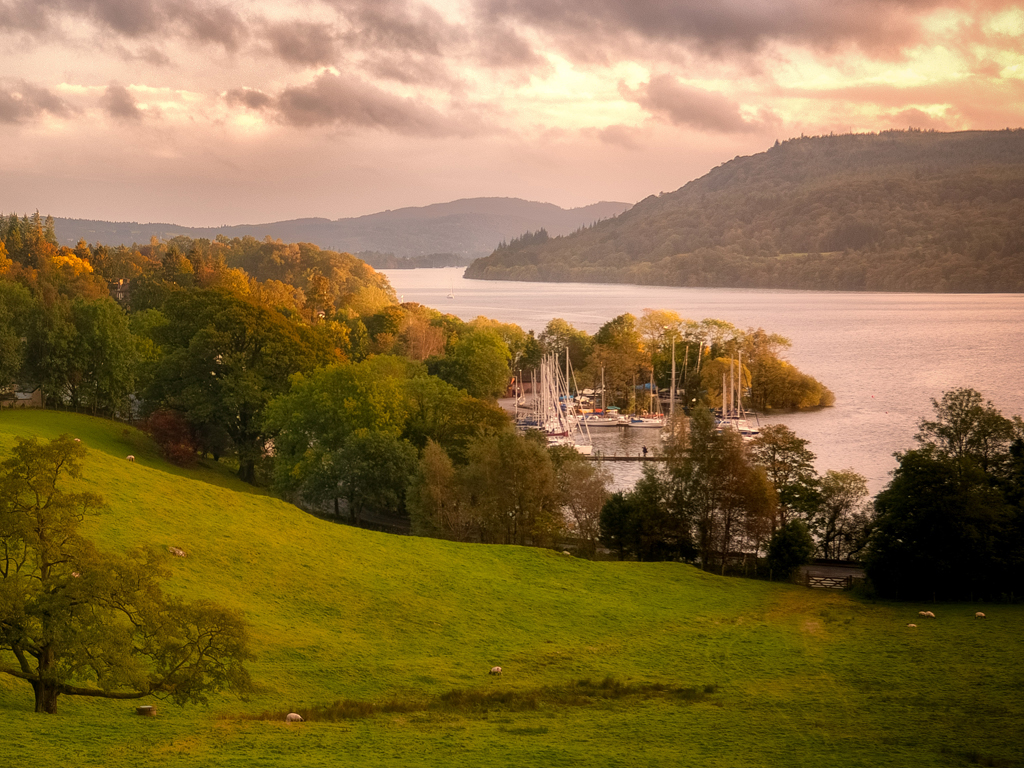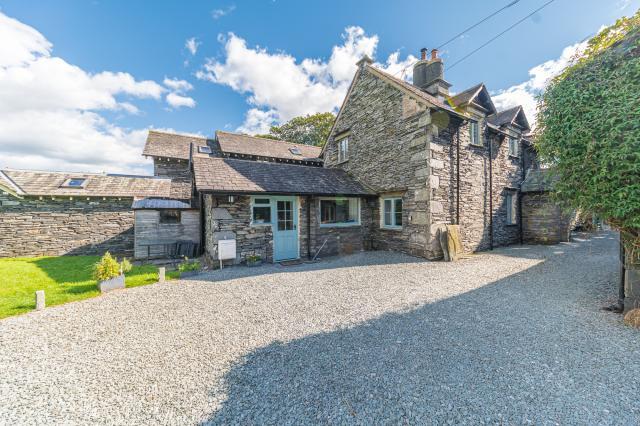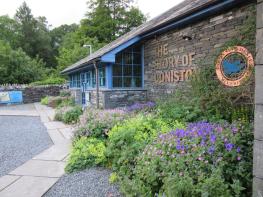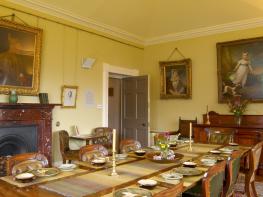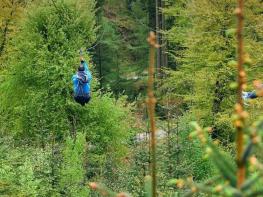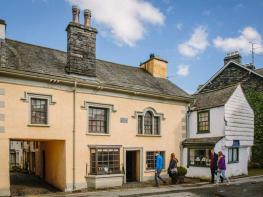Located in the heart of Coniston Village, Vine Tree Cottage is within easy walking distance of…
A climb on Swirl How

A mountain route on Swirl How avoids the hordes on the nearby Old Man.
8 miles (12.9kms)
About the walk
Popular with tourists, Coniston Old Man is always busy at weekends and in summer. For an equally fine fell climb, you can try Swirl How instead, barely lower than the Old Man itself. Coniston is the best place to start, with crags already looming close at hand. Once you’re through the green fields and woods surrounding the village, the walk deposits you in a huge stadium of broken stone, where grassed-over spoil heaps, mill races and mysterious flooded mine shafts all lie in the shadow of quarry-terraced mountainsides. Copper mining here probably dates back to Roman times, if not earlier. When some German miners, brought over in Elizabethan times to kickstart ‘modern mineral mining’ in Britain, started work, they were shocked to find the mountains already riddled with workings, which they referred to as ‘the old men workings’, suggesting one possible derivation of the name Coniston Old Man. Mining reached its peak in the mid-19th century, but ended in 1914. The hard Borrowdale volcanic rock made drilling difficult and slow, and some of the veins were over 1,000ft (305m) below ground and over 500ft (152m) below sea level. The ore was known as chalcopyrite (sulphide of copper and iron), which has a yellow-gold colour, not unlike fool’s gold.
The high mountain
Today the deep shafts are flooded, and even innocent-looking levels pose hidden dangers. Rock debris often covers the old wooden platforms, making it difficult to tell whether you’re standing on solid rock or trusting your fate to rotten timber. Beyond the mines you pass Levers Water, a natural tarn dammed by the miners for a supply reservoir. The excitement begins at the pass of Swirl Hawse. From here, climbing Prison Band takes you into rocky terrain – steep, but hardly ever serious enough for the use of hands. Soon you’re at the huge summit cairn looking across the grassy whaleback of Brim Fell to the Old Man. The connecting route from here is relatively easy. Purists and connoisseurs, however, will continue on, taking the little path that rakes across the high sides of Brim Fell to Goat’s Hawse, a boulder pass between Dow Crag and the Old Man. The best view of Dow’s magnificent climbers’ cliffs and buttresses is from the shore of Goat’s Water. And what more fitting way to end the walk than on Walna Scar Road, where the Romans transported their copper ore, over the mountains to the port of Ravenglass.
Walk directions
Turn left out of the main car park in Coniston to pass St Andrew’s Church, then keep left to cross Church Bridge. Turn right immediately up a narrow lane. After passing the Sun Hotel go right on a track signed ‘Levers Water, Coniston Old Man’. At Dixon Ground Farm bear left and continue parallel to Church Beck. Ascend to the old Miners Bridge above waterfalls.
Cross the bridge and turn left alongside the beck to the vast area of the Coniston copper mines. Take the left fork, pass beneath terraced cottages and walk past the youth hostel. After a steep section, turn right, signed ‘Levers Water’, near a water treatment works. At the next junction, above heaps of quarry spoil, follow the track doubling back right. It twists once more then climbs steadily up the slopes of Tongue Brow to Levers Water.
Keep right of the tarn along a path into the side valley of Swirl Hawse Beck, climbing steadily up to the high pass of Swirl Hawse, between Swirl How and Wetherlam.
On reaching the pass, turn left and climb up a rough path that scrambles over the rocks of Prison Band to reach the cairn on Swirl How’s summit.
Turn left along the cairned ridge path, descending to a saddle between Swirl How and the grassy whaleback of Brim Fell. As you start to climb again, watch for a narrow path branching off to the right; this rounds the high sides of Brim Fell for a direct route to Goat’s Hawse, the pass overlooking Goat’s Water.
On reaching the pass, descend towards Goat’s Water. A rough and rocky route traces the eastern shores of the tarn, overlooked by the cliffs of Dow Crag, before swinging left into the grassy bowl known as The Cove.
The path meets the Walna Scar Road, actually a stony track. Turn left to follow the ancient road round the south side of the Old Man. Lower down, the road becomes a tarmac, hedge-lined lane. Pass Old Furness Road, then take the lane on the left, rejoining the outward route by the Sun Hotel.
Additional information
Well-defined mountain paths and tracks
High mountain
Off lead on mountain ridges, but sheep graze Prison Band in summer
OS Explorer OL6 The English Lakes (SW)
Coniston car park by tourist information centre, or at Sports and Social Club on Shepherds Bridge Lane
At car park
Walk not advised in poor visiblity
WALKING IN SAFETY
Read our tips to look after yourself and the environment when following this walk.
Find out more
Also in the area
About the area
Discover Cumbria
Cumbria's rugged yet beautiful landscape is best known for the Lake District National Park that sits within its boundaries. It’s famous for Lake Windermere, England’s largest lake, and Derwent Water, ‘Queen of the English Lakes'. This beautiful countryside once inspired William Wordsworth and his home, Dove Cottage, in Grasmere is a popular museum. Another place of literary pilgrimage is Hill Top, home of Beatrix Potter, located near Windermere. Tom Kitten, Samuel Whiskers and Jemima Puddleduck were all created here.
Much of Cumbria is often overlooked in favour of the Lake Distirct. In the south, the Lune Valley remains as lovely as it was when Turner painted it. The coast is also a secret gem. With its wide cobbled streets, spacious green and views of the Solway Firth, Silloth is a fine Victorian seaside resort. Other towns along this coastline include Whitehaven, Workington and Maryport. Carlisle is well worth a look – once a Roman camp, its red-brick cathedral dates back to the early 12th century and its 11th-century castle was built by William Rufus.
Nearby stays
Restaurants and Pubs
Nearby experiences
Recommended things to do
Why choose Rated Trips?
Your trusted guide to rated places across the UK
The best coverage
Discover more than 15,000 professionally rated places to stay, eat and visit from across the UK and Ireland.
Quality assured
Choose a place to stay safe in the knowledge that it has been expertly assessed by trained assessors.
Plan your next trip
Search by location or the type of place you're visiting to find your next ideal holiday experience.
Travel inspiration
Read our articles, city guides and recommended things to do for inspiration. We're here to help you explore the UK.

